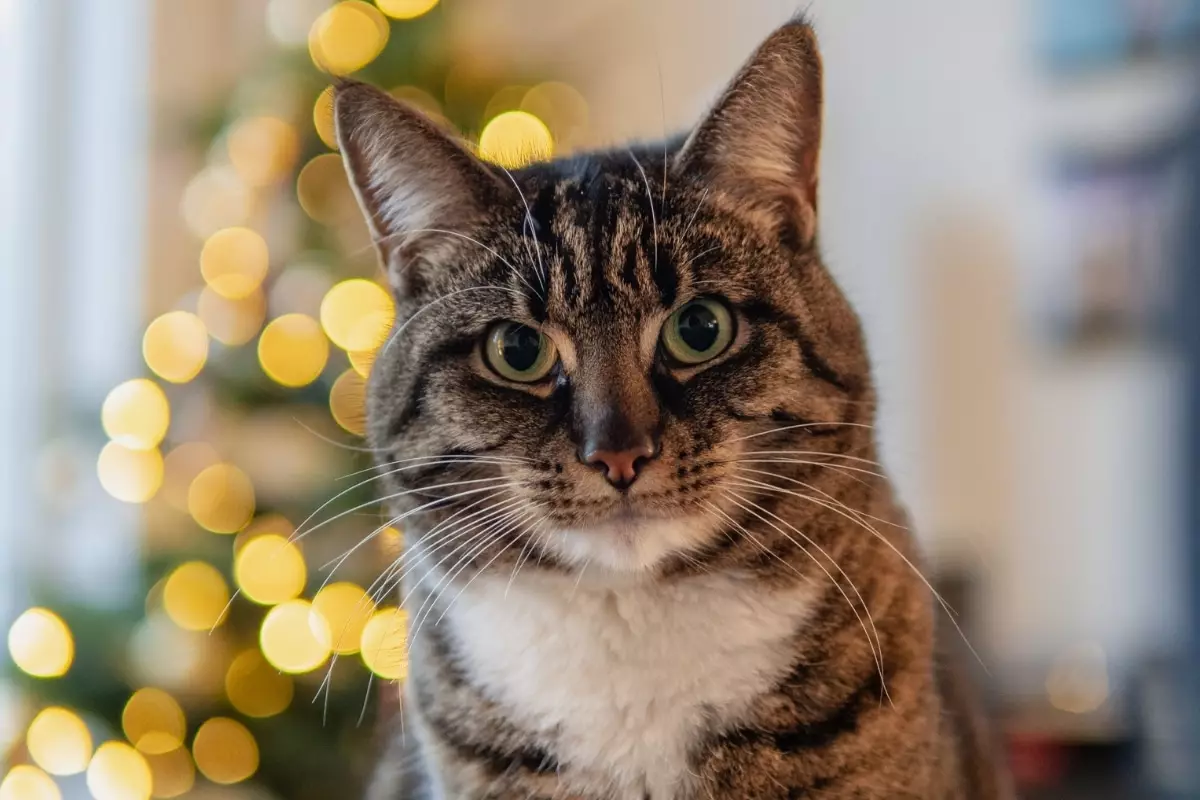Cats have long captivated human hearts with their mysterious behavior and independence. As creatures of habit and intrigue, they possess a unique way of communicating that goes beyond the simple meow. For cat owners and enthusiasts alike, understanding the subtle nuances of feline communication can pave the way for a deeper relationship with these enigmatic companions. This article will explore the various signs and gestures that your cat employs to express its thoughts and feelings, facilitating a stronger bond between you and your pet.
One of the most profound ways your cat communicates affection is through the slow blink. This understated movement signifies comfort and safety in your presence, akin to a hug shared in silence. When a cat gazes intently at you and lets its eyelids drift closed, it suggests that they trust you implicitly. To reciprocate this gesture, try giving your cat a slow blink in return; it can reinforce that bond and promote a feeling of mutual understanding. Transitioning this small action into a shared moment of trust can transform everyday interactions into meaningful exchanges.
Have you ever noticed your cat tilting its head in response to a sound? This behavior reveals a cat’s innate curiosity and is a reaction to deciphering the source of sounds or movements in its environment. The head tilt shows that your cat is actively engaged, processing sensory information, and investigating its surroundings. Being observant during such moments can help you understand what piques your cat’s interest—whether that’s a rustling leaf or the chatter of nearby birds. This seemingly simple gesture speaks volumes about your cat’s inquisitive nature.
The tail of a cat is an often-overlooked diagnostic tool that can provide valuable insight into its mood and emotional state. When a cat’s tail flicks or twitches, it may be expressing excitement or focus, often whilst watching a toy or a creature outside. However, a twitching tail may also indicate annoyance or agitation, especially in social situations with other pets or humans. Keeping an eye on the context surrounding the tail communication can clarify your cat’s emotional landscape, assisting you in responding appropriately to its needs.
Cats are natural explorers, and their paws serve as their primary tools for investigation. When a cat paws at an object, it is engaging in a form of tactile exploration, investigating textures, and attempting to discern function. This behavior is not just play; it encapsulates their instinctual curiosity. Whether batting at a toy, nudging a dangling string, or exploring a new box, your cat is processing its environment and engaging with the world around it. Recognizing this can foster an enriching environment that satisfies their need for mental stimulation.
Cats sometimes seem lost in thought—these moments of deep contemplation are often marked by a fixed, distant stare. This behavior indicates that they are observing something beyond what we humans might notice—a distant sound, shadow, or even an unknown presence. Such episodes of deep focus highlight a cat’s remarkable observational skills and their proficiency in monitoring their environment. While these moments may seem insignificant, they underscore the complex internal life of your cat.
Kneading, often referred to as “making biscuits,” is a behavior rooted in kittenhood. Adult cats continue this action as they find comfort in it, a connection to their early experiences nursing from their mother. When your cat kneads, it signifies relaxation and joy, demonstrating that they feel safe in their environment. This repetitive motion can also serve as a bonding experience that reflects their emotional state. Understanding this can deepen your connection with your feline by acknowledging their comfort needs.
A cat’s sleeping position can shed light on its emotional well-being. A cat curled up tightly indicates feelings of security, while sprawled-out positions suggest confidence and relaxation. More daring cats that expose their bellies while sleeping are often displaying their ultimate trust. The context of their sleeping habits enables you to gauge their comfort levels and overall happiness in your shared space.
Cats have an extensive vocal repertoire, each sound conveying distinct emotions or desires. A gentle purr may denote contentment, while an urgent series of meows can signify a request for attention or food. Chirps and trills often indicate excitement or a call to communicate. By listening closely to your cat’s vocals, you can decipher their messages and understand their needs better, fostering a responsive relationship.
When your cat watches you intently, they are not just passively observing. This behavior reveals their interest in your actions, as they anticipate your next move. It shows that they remain mentally engaged, maintaining a connection to their environment and the dynamics of your daily life. Encouraging this engagement allows you to build a stronger relationship, securing their spot in your household’s intricate tapestry.
Ultimately, understanding these various communication styles can transform your relationship with your cat, fostering a deeper connection based on empathy and mutual appreciation. By tuning into your cat’s subtle cues, you can cater to their needs more effectively and enrich their lives, ultimately enhancing the profound bond you share. Recognizing your cat as a complex thinker will lead to greater fulfillment for both you and your feline friend.

